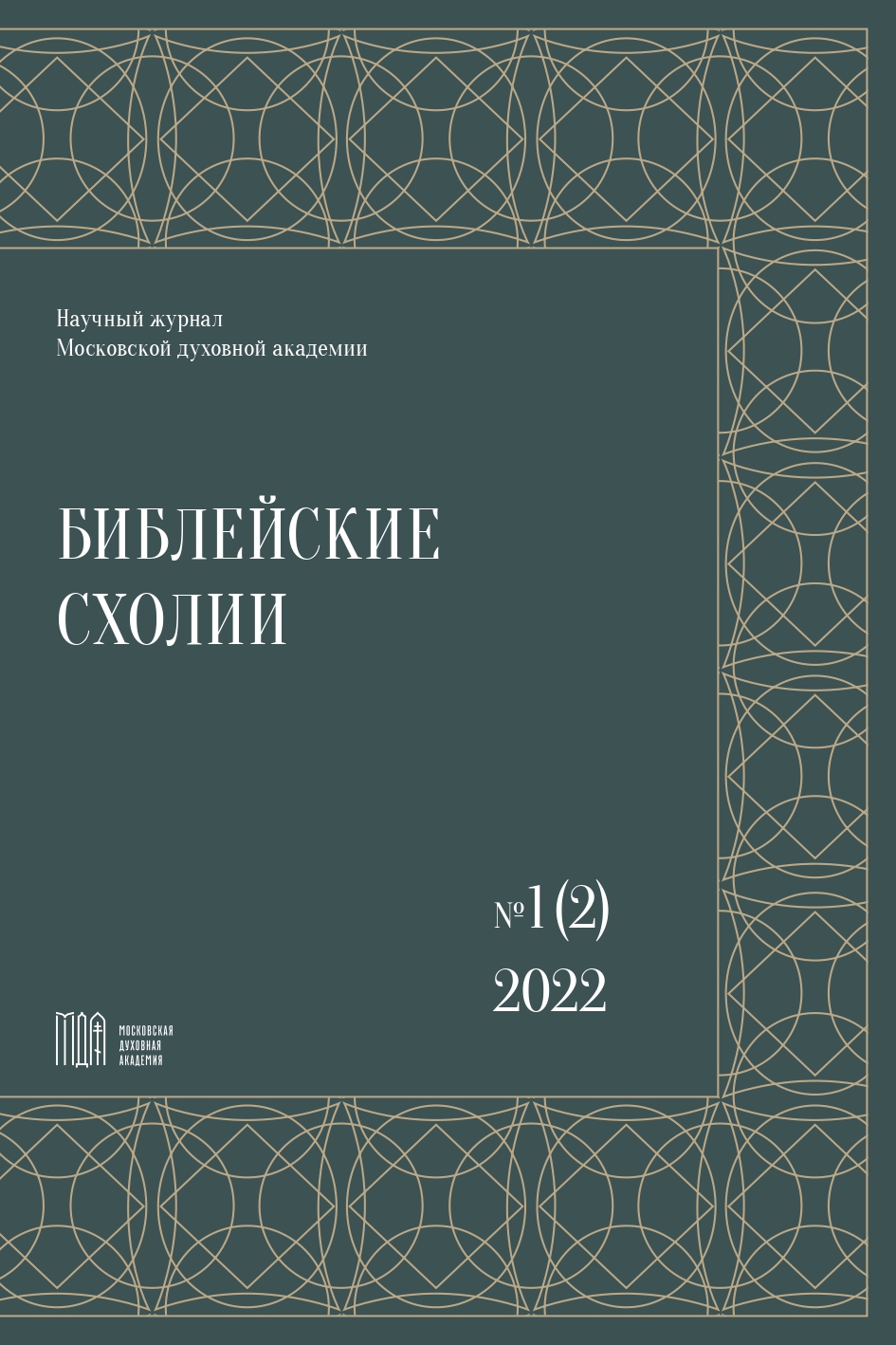Biblical Hexameron as the Gospel
DOI:
https://doi.org/10.31802/BSCH.2022.2.1.001Keywords:
biblical apologetics, Hexameron, exegesis of HexameronAbstract
Biblical Hexameron is now often perceived exclusively as a cosmogonic text, which inevitably gives rise to attempts to interpret it only in the context of the modern natural-scientific picture of the world (which in itself is not true, since the scientific pictures of the world are in constant dynamic development). Therefore, for biblical apologetics, it seems promising, without denying the historicity of the narration of the first chapter of the Book of Genesis, to consider it primarily as a special hymn-evangelism in the context of the entire corpus of the Holy Scriptures of the Old and New Testaments. The author tried to show that this quite traditional Church approach to comprehending the first chapter of Genesis allows avoiding not only the consequences of making artificial simplifications, which are inevitable in the construction of models of the concordance of biblical texts and natural science data, but also errors of interpreting Hexameron as «accidental», «outdated» or «extra» fragment of the Book of Genesis.
Downloads
References
Gregorius Palamas. Homilia 17 // PG. T. 151. Col. 220D–236.
Библия. Книги Священного Писания Ветхого и Нового Заветов. М.: Изд. Московской Патриархии, 1983.
Григорий Палама, свт. Гомилия XVII, На Евангелие Новой Недели (Фомина воскресения), объясняющей Тайну Субботы и Господнего Дня // Григорий Палама, свт. Беседы. М.: Изд. Спасо-Преображенского Валаамского монастыря,1994. Т. I. С. 175–186.
Иоанн Экзарх Болгарский. Шестоднев // Баранкова Г. С., Мильков В. В. Шестоднев Иоанна экзарха Болгарского. СПб.: Алетейя, 2001. (Памятники древнерусской мысли: исследования и тексты; вып. II). С. 655–827
Брюггеман У. Бытие. Черкассы: Коллоквиум, 2013. (Толкование).
Гальбиати Э., Пьяцца А. Трудные страницы Библии: Ветхий Завет. Милан; М.: Христианская Россия, 1992.
Зеньковский В., прот. Апологетика. М.: Грааль, 2001.
Downloads
Published
How to Cite
License

This work is licensed under a Creative Commons Attribution-ShareAlike 4.0 International License.






